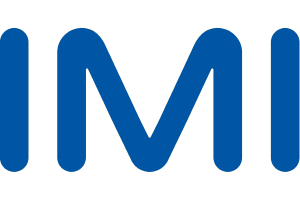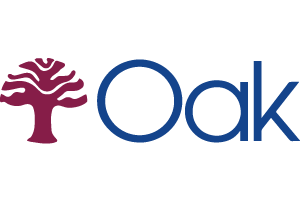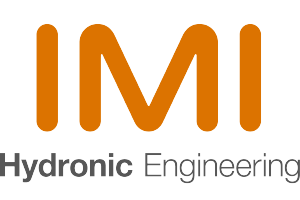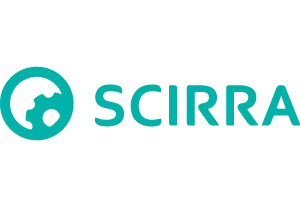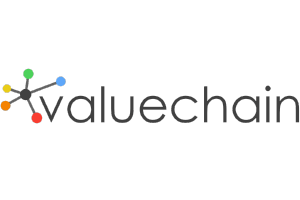The Top Three Elements of Practical Cloud Security for AWS & Azure
In this blog, we will discuss the top three elements that businesses need to consider for practical cloud security.
Background
With cloud computing, businesses can access scalable computing resources on demand, reducing the need for on-premises infrastructure and increasing flexibility. However, as businesses increasingly rely on cloud computing, it is important to prioritize cloud security to ensure that sensitive data and applications are protected.
Act now, don't look back and think I could have stopped that.
1 Identity and Access Management (IAM)
Identity and Access Management (IAM) is a crucial component of cloud security. IAM allows businesses to control who has access to their resources and how those resources are accessed. With IAM, businesses can create and manage user accounts, assign roles and permissions, and enforce password policies. IAM also helps businesses ensure that users only have access to the resources they need to do their jobs, reducing the risk of data breaches or unauthorized access.
IAM also includes features such as multi-factor authentication (MFA), which provides an extra layer of security by requiring users to provide additional proof of their identity, such as a one-time code sent to their phone. IAM can also be used to track user activity, giving businesses insight into who is accessing their resources and what they are doing.
CloudOps provides security monitoring and testing as standard as well as alerts for a variety of security checks. Find out more about unified cloud management
2 Encryption
Encryption is another key element of cloud security. Encryption is the process of converting data into a code to protect its confidentiality. In the context of cloud computing, encryption can help protect sensitive data as it is transmitted between users and the cloud, as well as when it is stored on the cloud.
Encryption can be used to protect data both at rest and in transit. At rest, encryption means that the data is encrypted when it is stored on the cloud, while in transit encryption means that the data is encrypted when it is being transmitted between users and the cloud. Encryption can also be used to protect data that is being processed on the cloud, using techniques such as homomorphic encryption, which allows data to be processed without being decrypted.
Are you sure that your AWS & Azure deployments are secure as you would want?
Most are initially but as deployments change over time, things get missed. CloudOps has security auditing capabilities to ensure compliance.
3 Network Security
Network security is also a critical element of cloud security. Network security is the practice of securing the networks that connect cloud resources and users. This includes securing the network infrastructure, such as firewalls and routers, as well as securing the connections between users and the cloud.
One key aspect of network security is segmentation, which involves dividing a network into smaller sub-networks, or segments, to reduce the risk of lateral movement in the event of a security breach. Segmentation can also be used to create a security perimeter around critical resources, ensuring that they are only accessible to authorized users.
Another important aspect of network security is monitoring. Network monitoring involves tracking network activity to identify suspicious behaviour or potential security threats. This can be done using techniques such as intrusion detection systems (IDS) or Security Information and Event Management (SIEM) solutions, which can help businesses detect and respond to security incidents in real-time.
What should I do now?
Cloud security for AWS and cloud security for Azure are critical considerations for businesses that rely on cloud infrastructure. The three elements discussed in this blog – Identity and Access Management, Encryption, and Network Security – are crucial for practical cloud security.
- IAM helps businesses control who has access to their resources and how those resources are accessed.
- Encryption protects data both at rest and in transit
- While network security helps secure the networks that connect cloud resources and users.
By using CloudOps you can ensure your business's sensitive data and applications are protected in the cloud. CloudOps provides unified cloud management with best-of-breed SecOps tools including SaltStack and penetration testing tools. Find out more by looking at the technology tools that drive CloudOps.
Or get in touch and speak to us today.
Book a Test Drive Online - The test drive is not a software demo, it’s a briefing before we hand you the keys!
Whether you’re looking at putting in place support or reducing the cost of your infrastructure, working with a new cloud provider and implementing a cloud management service is a big step.
Take a test drive and find out how we will work with you and accelerate your cloud infrastructure.
You might also be interest in:
Comparing LogicMonitor a large US-based SaaS product vs IG CloudOps an independent UK-based company.
How does their software for cloud management compare to CloudOps.
NoOps: CloudOps delivers IT Operational Excellence for DevOps teams
This article assumes that your IT operations are in the cloud already or are moving to the cloud shortly and focuses on a cloud-based implementation with Amazon web services (AWS) and or Microsoft Azure.
What should my managed AWS service include?
The are many different flavours of managed AWS services available on the market. How do you find the one that's right for your team and evaluate it against a standard set of functionality?
In this article, we will have a look at what a managed AWS service should include and what's available directly from AWS compared with a partner.





